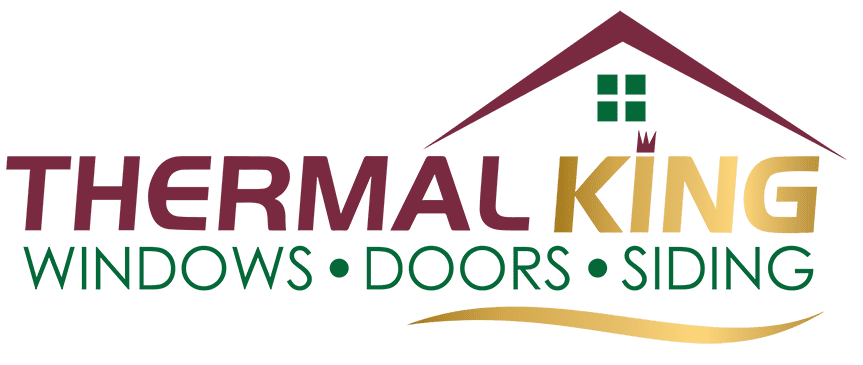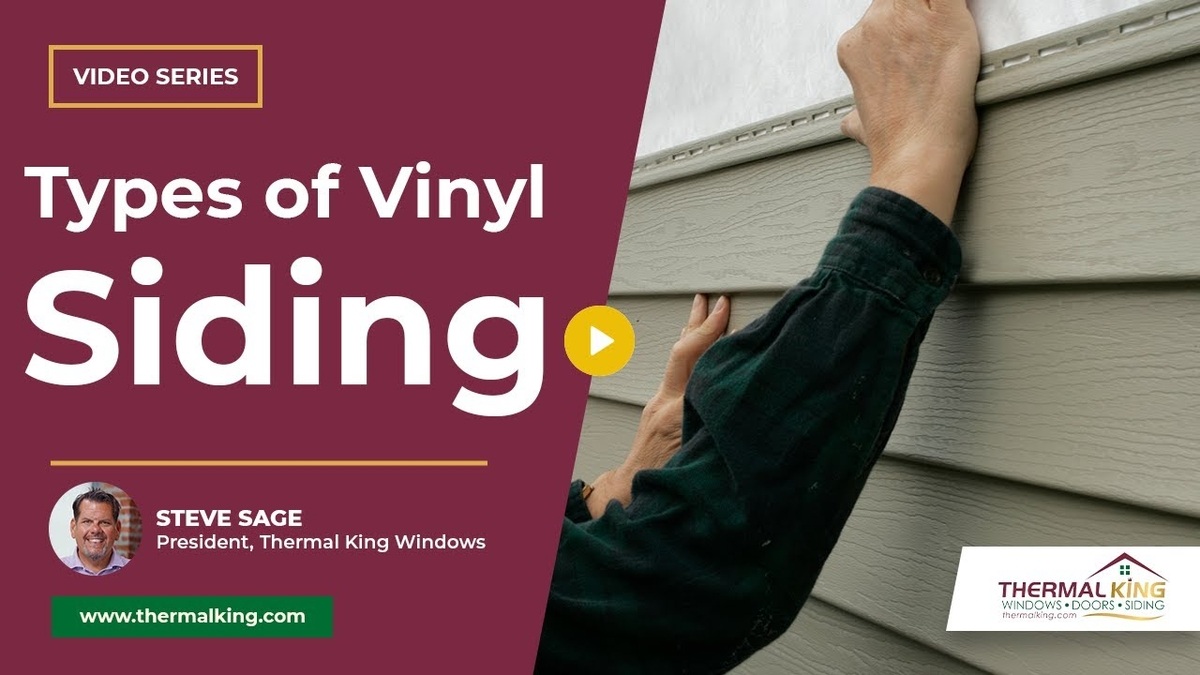As homeowners and businesses alike strive to reduce energy consumption and lower utility bills, window coatings have emerged as a popular solution. But do these coatings truly enhance energy efficiency, or are they just a cosmetic upgrade? This article explores the science behind window coatings, their benefits, and how they can impact your energy use throughout the year.
Understanding Window Coatings: What Are They?
Window coatings are thin layers of material applied to glass surfaces to alter their thermal and optical properties. Unlike traditional window films that primarily serve decorative or privacy purposes, energy-efficient window coatings are designed to control the transfer of heat and light through the glass.
These coatings can be made from various materials, including metallic oxides and polymers, and are often applied during the manufacturing process (known as “low-emissivity” or low-E coatings) or retrofitted onto existing windows as films. The goal is to enhance the window’s ability to reflect infrared radiation and reduce ultraviolet (UV) light penetration without significantly compromising visible light transmission. By doing so, they contribute to a more comfortable indoor environment while also reducing energy consumption for heating and cooling.
In addition to energy efficiency, window coatings can also play a role in protecting furnishings and interiors from fading due to UV exposure. This characteristic is particularly beneficial in homes with large windows or in areas that receive abundant sunlight, as it helps to maintain the aesthetic appeal of furniture, carpets, and artwork over time. Furthermore, advancements in coating technology have led to the development of products that can also reduce glare, making spaces more enjoyable for activities such as watching television or working on a computer.
Types of Window Coatings
There are two main categories of energy-efficient window coatings:
- Hard Coat (Pyrolytic) Coatings: Applied during the glass manufacturing process at high temperatures, these coatings are durable and often found in single-pane or storm windows. They provide moderate energy efficiency improvements and are scratch-resistant. This durability makes them suitable for a variety of applications, including commercial buildings, where longevity and performance are crucial.
- Soft Coat (Sputtered) Coatings: Applied in a vacuum chamber after the glass is formed, these coatings consist of multiple thin layers and offer superior performance in blocking heat transfer. They are commonly used in double- or triple-pane insulated glass units. Soft coats are particularly effective in climates with extreme temperature variations, as they help maintain a consistent indoor temperature, thereby enhancing overall comfort.
Both types of coatings can be combined with other technologies, such as argon gas fills in insulated glass units, to further improve energy efficiency. For instance, when paired with low-E coatings, argon gas can significantly reduce heat loss in winter and heat gain in summer, making these windows an excellent choice for homeowners looking to minimize their energy bills. Additionally, the aesthetic appeal of coated windows can be enhanced with various tint options, allowing homeowners to customize their appearance while benefiting from their functional properties.
How Window Coatings Affect Energy Efficiency
Windows are a major factor in a building’s energy profile, accounting for up to 25-30% of heating and cooling energy use in typical homes. Poorly insulated or single-pane windows can lead to significant heat loss in winter and heat gain in summer. Window coatings help mitigate these effects by improving the thermal performance of the glass.
Reducing Heat Loss in Winter
Low-E coatings work by reflecting long-wave infrared radiation back into the room, which helps retain heat inside the building. This is particularly valuable in colder climates where heating costs can be substantial. According to the U.S. Department of Energy, windows with low-E coatings can reduce heat loss by up to 30-50% compared to standard clear glass.
By minimizing heat escape, occupants experience a more consistent indoor temperature, reducing the need for space heating and ultimately lowering energy bills. Additionally, the enhanced insulation provided by these coatings can lead to a more comfortable living environment, reducing drafts and cold spots that often plague older homes. This improvement in comfort can also have a positive impact on the overall well-being of residents, fostering a more inviting atmosphere during the chilly winter months.
Limiting Heat Gain in Summer
During warmer months, window coatings reflect a significant portion of the sun’s infrared radiation, which is responsible for heat buildup inside buildings. This reduces the cooling load on air conditioning systems. Some advanced coatings can block up to 70% of solar heat gain while maintaining high visible light transmission, ensuring rooms remain bright but cooler.
This balance is crucial because it allows natural daylight to enter without the associated heat, enhancing comfort and reducing reliance on artificial lighting and cooling. Furthermore, by minimizing the strain on cooling systems, these coatings can extend the lifespan of HVAC equipment, leading to fewer repairs and replacements over time. This not only saves money but also contributes to a more sustainable approach to energy consumption, as less energy is required to maintain comfortable indoor temperatures.
Blocking Harmful UV Rays
Beyond thermal benefits, many window coatings also block up to 99% of ultraviolet (UV) rays. UV radiation can cause fading and deterioration of furniture, carpets, and artwork. By protecting interiors from UV damage, window coatings contribute to the longevity of household items and reduce replacement costs.
Moreover, the reduction of UV exposure is beneficial for the health of occupants, as prolonged exposure to UV rays can lead to skin damage and increase the risk of skin cancer. By incorporating window coatings that filter out harmful rays, homeowners can create a safer indoor environment while also preserving the aesthetic appeal of their living spaces. This dual benefit of health and preservation makes window coatings a wise investment for any property owner looking to enhance both comfort and safety within their homes.
Comparing Window Coatings to Other Energy Efficiency Measures
While window coatings offer clear benefits, it’s important to understand how they fit into the broader context of home energy efficiency improvements.
Window Replacement vs. Window Coatings
Replacing old, single-pane windows with modern double- or triple-pane units featuring low-E coatings provides the most comprehensive energy efficiency upgrade. However, window replacement can be costly and disruptive.
Applying retrofit window films or coatings to existing windows is a more affordable and less invasive option. Although retrofit coatings may not match the performance of factory-applied low-E glass, they can still reduce energy loss and improve comfort significantly.
Complementary Measures
Window coatings work best when combined with other energy-saving strategies such as:
- Weatherstripping and Caulking: Sealing air leaks around windows prevents drafts and further reduces heat loss.
- Insulated Window Treatments: Cellular shades, curtains, and blinds add layers of insulation and control solar gain.
- Proper Ventilation and HVAC Maintenance: Ensuring efficient heating and cooling systems maximizes the benefits of improved window performance.
Real-World Impact: Energy Savings and Cost Considerations
Quantifying the exact energy savings from window coatings depends on factors such as climate, window type, building orientation, and existing insulation. However, studies and case examples provide useful benchmarks.
Energy Savings Potential
A study conducted by the Lawrence Berkeley National Laboratory found that low-E windows can reduce heating and cooling energy use by 10-25% in typical U.S. homes. In hot climates with intense solar radiation, the cooling energy savings are often more pronounced.
For example, in Phoenix, Arizona, homes with low-E windows have reported annual cooling energy savings of up to 15%, translating to hundreds of dollars saved on electricity bills.
Return on Investment
The upfront cost of installing energy-efficient window coatings varies widely. Factory-applied low-E glass can add $100 to $200 per window compared to standard glass, while retrofit films may cost between $5 and $15 per square foot.
Despite the initial expense, many homeowners see payback periods of 3 to 7 years through energy bill reductions. Additionally, increased home comfort and potential boosts in property value make window coatings a compelling investment.
Environmental Benefits
By lowering heating and cooling demands, window coatings contribute to reduced greenhouse gas emissions. The U.S. Environmental Protection Agency estimates that widespread adoption of energy-efficient windows could cut residential energy consumption by billions of kilowatt-hours annually.
Choosing the Right Window Coating for Your Needs
Not all window coatings are created equal, and selecting the right type depends on your specific goals and circumstances.
Consider Your Climate
In colder regions, prioritize coatings with high solar heat gain coefficients (SHGC) to maximize passive solar heating during winter. Conversely, in hot climates, choose coatings that minimize SHGC to reduce cooling loads.
Evaluate Visible Light Transmission
Some coatings reduce visible light to block heat, which can darken rooms. If natural daylight is a priority, look for coatings that balance solar control with high visible light transmission.
Professional Installation and Warranty
Proper installation is critical to ensure coating effectiveness and durability. Whether applying retrofit films or installing new windows, work with reputable professionals who offer warranties and guarantees.
Conclusion: Are Window Coatings Worth It for Energy Efficiency?
Window coatings are a proven, effective way to improve the energy performance of windows, reducing heat loss in winter and heat gain in summer. They offer tangible benefits including lower energy bills, enhanced comfort, and protection against UV damage.
While not a standalone solution, window coatings complement other energy-saving measures and can be tailored to fit diverse climates and budgets. Whether through factory-applied low-E glass or retrofit films, investing in window coatings is a smart step toward a more energy-efficient and sustainable home or building.
Thermal King Windows has served Olathe and Kansas City homeowners for 20+ years. We’re a top-rated Kansas City window and door replacement contractor and are proud of the accolades we’ve earned from our customers. If your sliding patio door needs a repair or replacement – we’d love to see if we’d be a good fit for your project. Contact us today to set up your free, no-hassle consultation.



